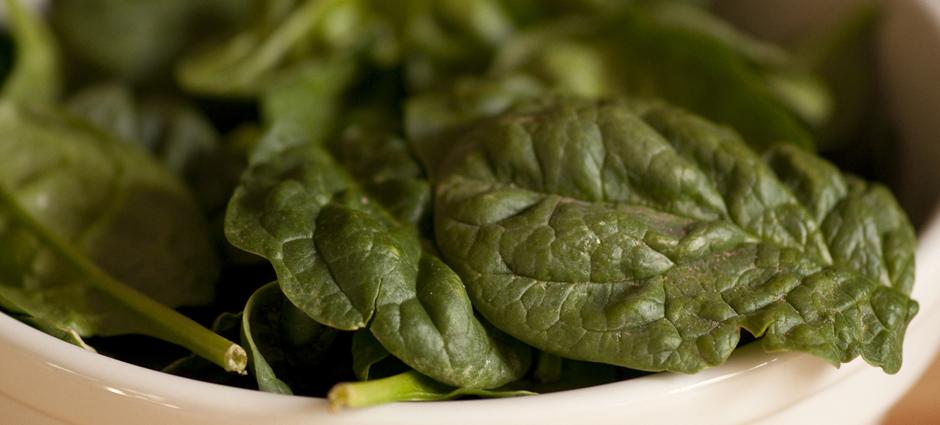Cooking with Winter Greens
When you’re craving a big green salad, look no further than the leafy robust flavor of winter greens. These are green leafy vegetables that are seasonably available in winter and early spring. Common vegetables described as winter greens are chard, collards, spinach, rapini, mustard, beet, and kale. They include several different vegetable families and categorized under “winter greens” because of their availability during the cold months.
Of course, in California they can be grown almost year-round, but most are at their peak pf flavor during the winter months and are a hardy, prolific crop. They are a popular row crop for farmers to grow because the same plant can produce multiple bunches and it continues to produce leaves even after several cuttings. The fresher the greens, the better their flavor. When you purchase winter greens at your local farmers’ market their just-picked flavor is intense, well-rounded, and ready for any recipes you want.
Their hearty flavors can range from lemony sorrel and mild chard, to peppery turnip greens and strong collards. Purchase them as baby greens for milder flavor or fully mature for a more robust taste in your recipes.
Winter greens are highly nutritious and flavorful ingredients to supplement your recipes during the winter months when other vegetables might not be in season. Mix them with winter root vegetables like roasted carrots and beets, tuck the leaves into a sandwich, add them to soups and stews, combine into casseroles, mix them in pasta dishes, or make a leafy winter salad with winter squash and pomegranate seeds.
Here are some tips before cooking with winter greens:
- Most winter greens have thick, fibrous stems that are not inedible but tough and should be removed. Use your hands or a sharp knife to remove them. Tear with your hands or cut the leaves away from the stems. Don’t throw away the stems but blanch them and use in stir fry dishes, pesto, and salads.
- With their hearty flavors and thicker textures, it is best to pair them with vigorous companion ingredients. Mix them with bacon or sausage, dried fruit, acidic liquids like vinegar or citrus juice, and hefty winter vegetables like winter squash.
- Use collard green leaves or chard leaves in place of tortillas or bread if you are avoiding carbs. They don’t need to be cooked, and can be rolled around your favorite filling like chicken or tuna salad.
- Have an overabundance of greens? Freeze them for later. Prep and blanch the leaves and then freeze them on a baking sheet before storing them in a freezer bag for up to a few months. Use them later for soups, stews, salads, smoothies, braises, and stir-fries.
- To tame the bitterness associated with winter greens, blanch them before using in dishes like pastas and casseroles. Most tender greens, such as spinach can be simply sautéed. Salt and acid can both lessen the bitterness.
Enjoy winter greens direct from the farm at your farmers’ market this winter. Most farmers’ market vegetable vendors offer a variety of delicious winter greens!


